Defence push for more boots on ground for national security
The Australian Defence Force is set to appeal to the federal government for more money amid fears it is ill prepared to face large scale conflict.
Exclusive: The Australian Defence Force is woefully short of personnel and ill prepared to face any industrial scale conflict or natural crisis according to Defence which is set to appeal to the Federal Government for more funding to staff its ships, tanks, and future submarines.
Internal long-term planning could see a budget increase for up to 10,000 new recruits including courting back skilled former personnel in what would be the biggest posted rank strength of the ADF in decades.
It is understood Prime Minister Scott Morrison and Defence Minister Peter Dutton have already had informal discussions with Defence on the likelihood of its next budget requiring to go beyond the 2 per cent of GDP threshold where it’s been held for years.
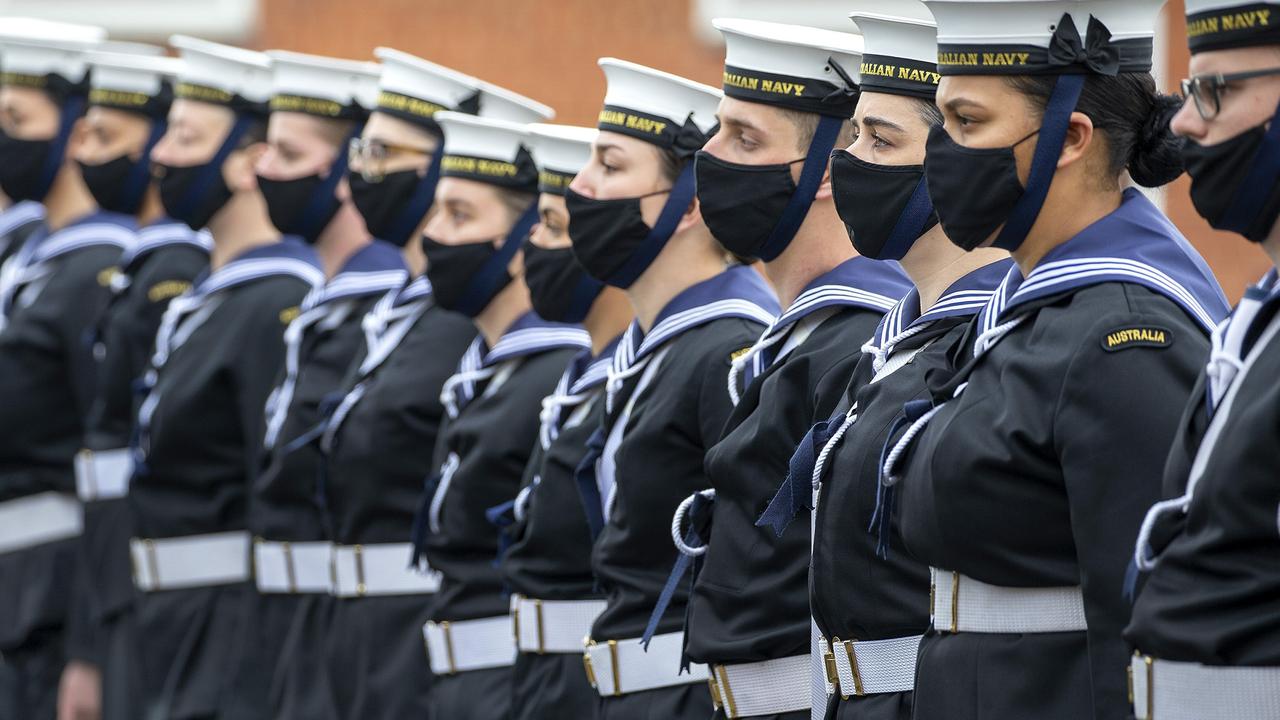
Critically, Defence warns national security is being challenged as ADF personnel continue to be pulled more and more into civil crisis and humanitarian operations in a scenario that is only likely to increase, to the detriment of its fighting capability.
This potential ongoing call-out comes on top of Defence’s biggest high-end military capability acquisition in a generation including new submarines, ships, long-range missile systems, manned and unmanned spy aircraft and cyber capabilities all of which need to be manned.
Under the Defence Strategic Review, high-level discussions were to be held last year between Defence and the Commonwealth specifically on substantially lifting the ADF’s effective strength but that program did not progress as secret plans for the AUKUS pact were being formed between Australia, the UK and the US.
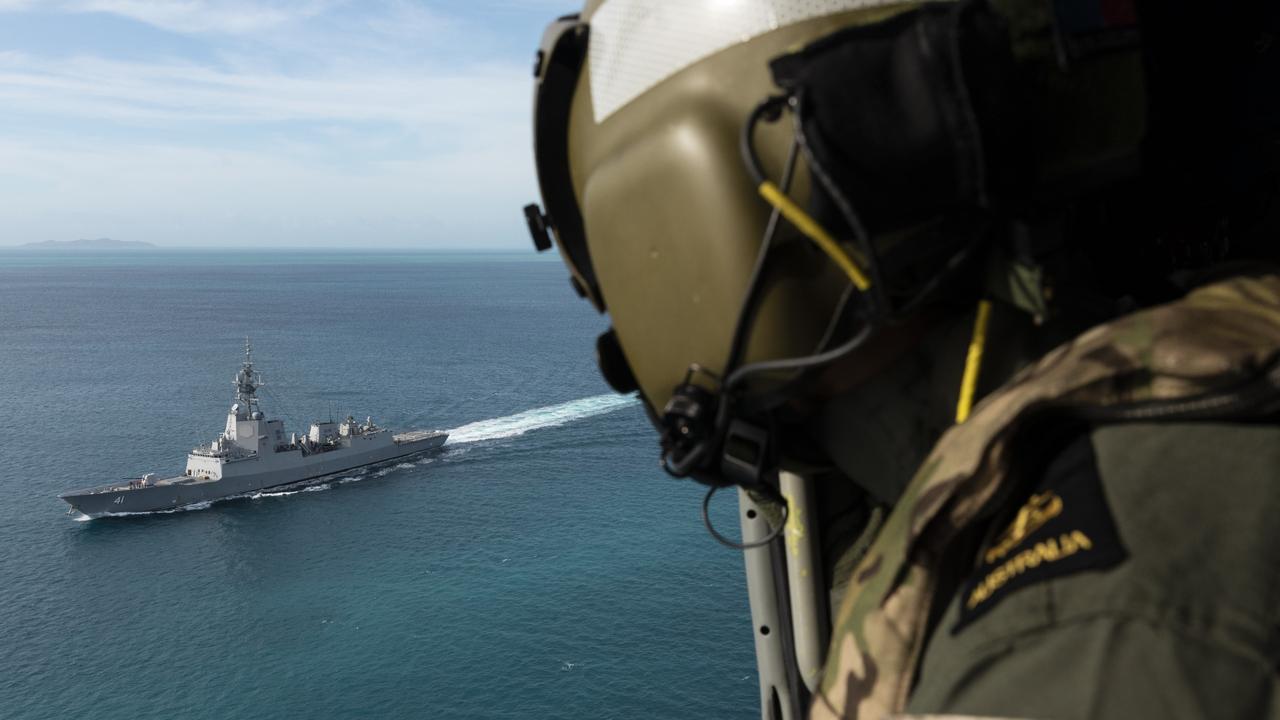
The trilateral security pact would have forced a personnel reconsideration if for nothing else just to staff to future acquisition of at least eight nuclear-powered submarines as well as long-range missile and new AI and cyber capabilities.
The Royal Australian Navy had launched “Plan Delphinus” to successfully grow the submariner force from 852 to 2000 personnel to staff for a future Attack Class submarine which requires longer ‘at sea’ commitments; that plan is now also outdated by AUKUS and Defence is again reviewing ADF requirements. Navy alone is deemed to need 20,000 personnel, up from its current 15,000.
All of this comes on top of China’s aggressive overtones in the region threatening stability of the Indo-Pacific and strategic challenges to combat increasingly disruptive State-run cyber assaults testing our infrastructure and security systems.
Three of Australia’s leading defence analysts agree an urgent overhaul to the size of the ADF is now needed.
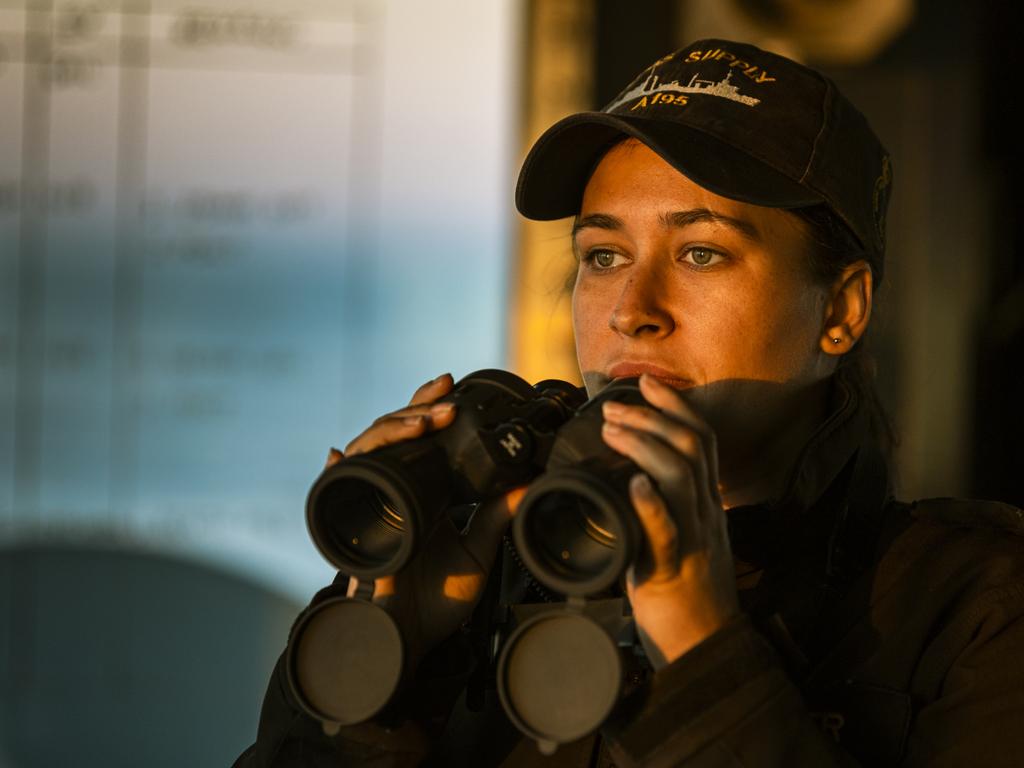
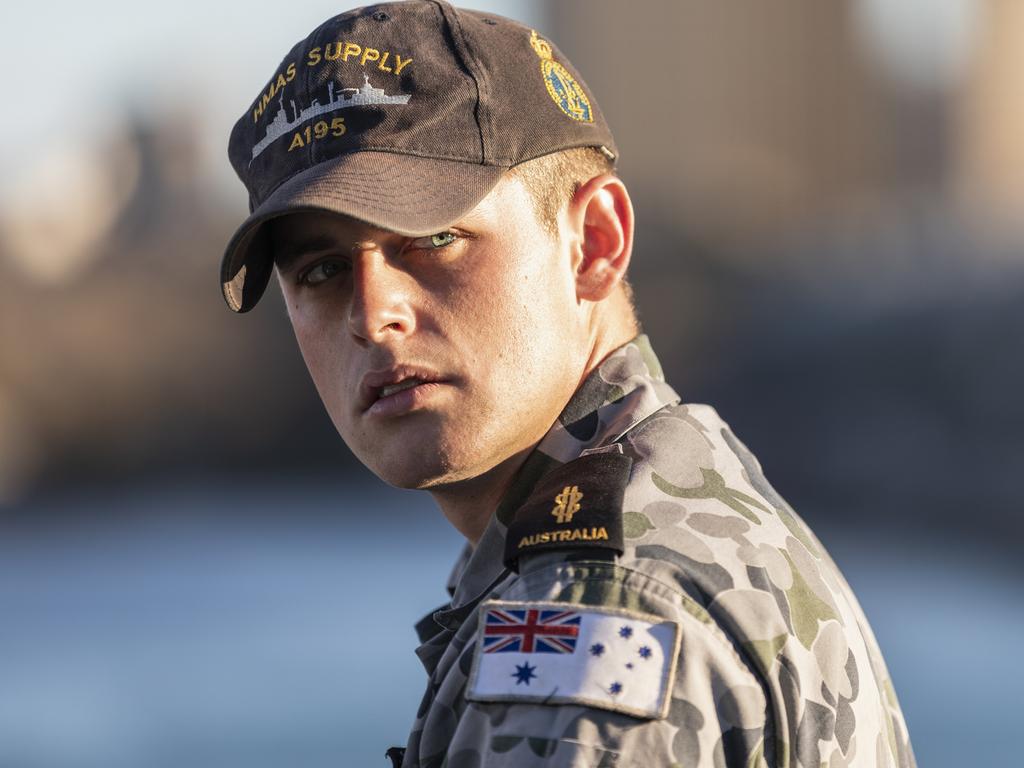
At the height of World War 2 the Australian Army had 14 divisions pulled from a population of less than eight million and today our population is three times that but we have one and a half divisions also now tasked with fires, floods and Covid-19 quarantine and vaccine duties.
“It is really delusional to think that this is something that we can afford to apply to this, that and the other task without it having repercussions,” ANU’s professor of international security and intelligence and defence studies John Blaxland said.
“It is a finite force, it is a boutique force in a sense that it’s very good, it’s specialised but it’s small, it is not an industrially scaled enterprise or military counterpart to that. It is really, really small force relatively speaking.”
Prof Blaxland, a former Army officer and director of intelligence at the Headquarters Joint Operations Command, said in terms of capability and intent, the exponential growth of China’s military was the dragon in the room.
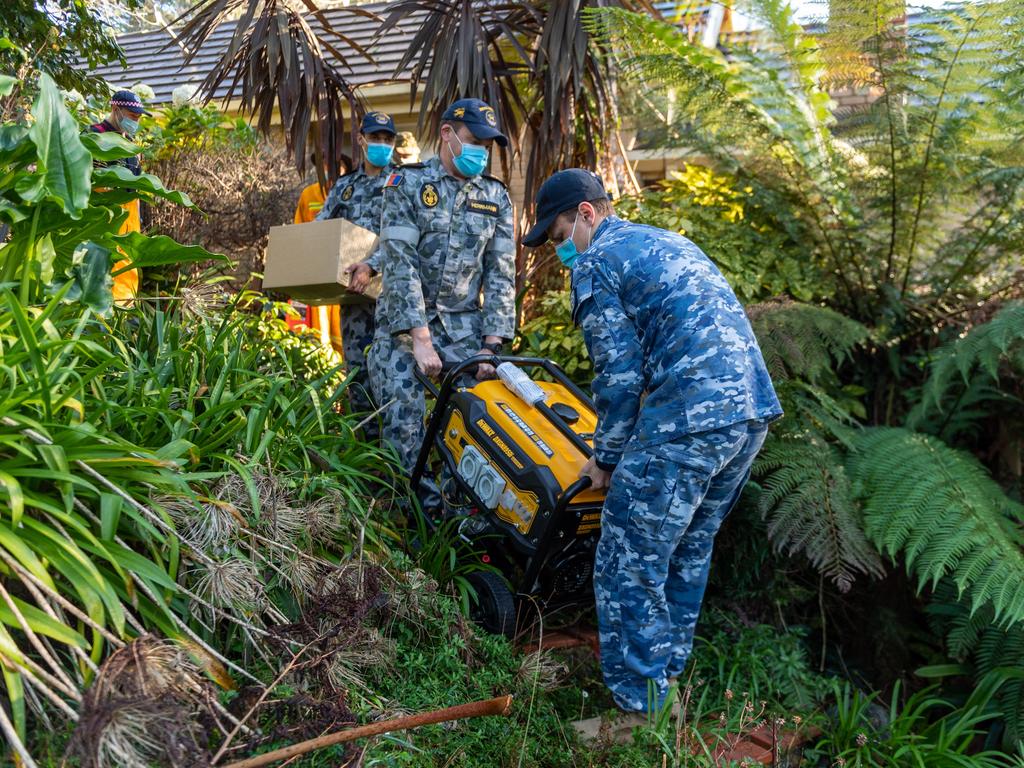
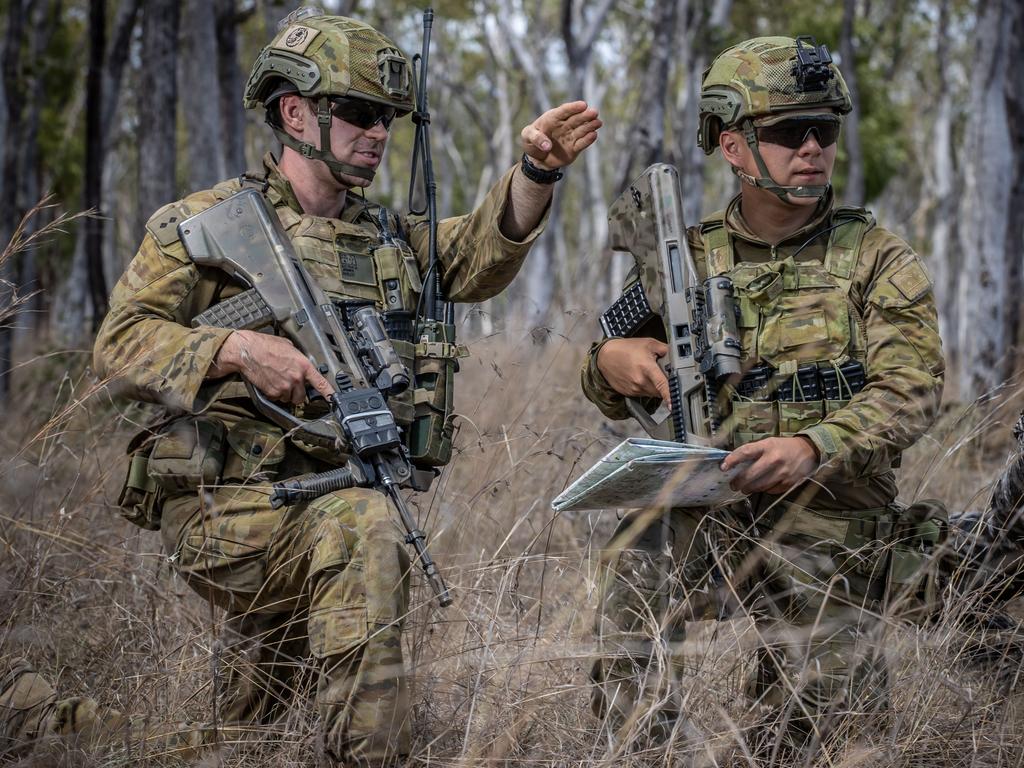
“It seems pretty clear China is looking to expand its capabilities to essentially make South China Sea a Chinese lake and to push the Americans and anyone supporting them out. So the question is how much of that affects us?
“I think what we want as a nation is to maintain our sovereignty, our independent ability to make our own decisions and this is where the Chinese squeezing its neighbours and I think potentially squeezing Australia and that gets down to what capabilities are we likely to face and what intentions are we likely to deal with and there are a thousand variables that make force structure decisions incredibly difficult.”
He added: “I’m not saying we have to go to the 1943 paradigm but we need to be much more mindful of just how small and under resourced our defence force is. It needs to muscle up … it’s not about rescuing koalas from fires, it is very touching when it happens but you do not train, you do not spend billions of dollars on precision guided munitions, on stealthy submarines, on armoured vehicles that can fire precision munitions to four, five to 20 kilometres, so they can go rescue koalas.”

Australian Strategic Policy Institute senior analyst and former defence intelligence analyst Dr Marcus Hellyer said it was clear the ADF needed to be bigger.
He said when the ADF’s MRH-90 Taipan helicopters get called to bushfire duty, it comes at an operational cost of $35,000 an hour, when a civilian charter costs a couple of thousand dollars and it was time to think differently.
“Defence’s leadership will never come out and publicly say it but there are certainly enough signs out there that it is having an effect,” he said of the ADF which he likened to a rubber band now too thin from the stretch.
He questioned whether the Army Reserves could be repurposed permanently specifically for such civil and humanitarian roles in Australia but also across the Pacific to respond to environmental crisis.
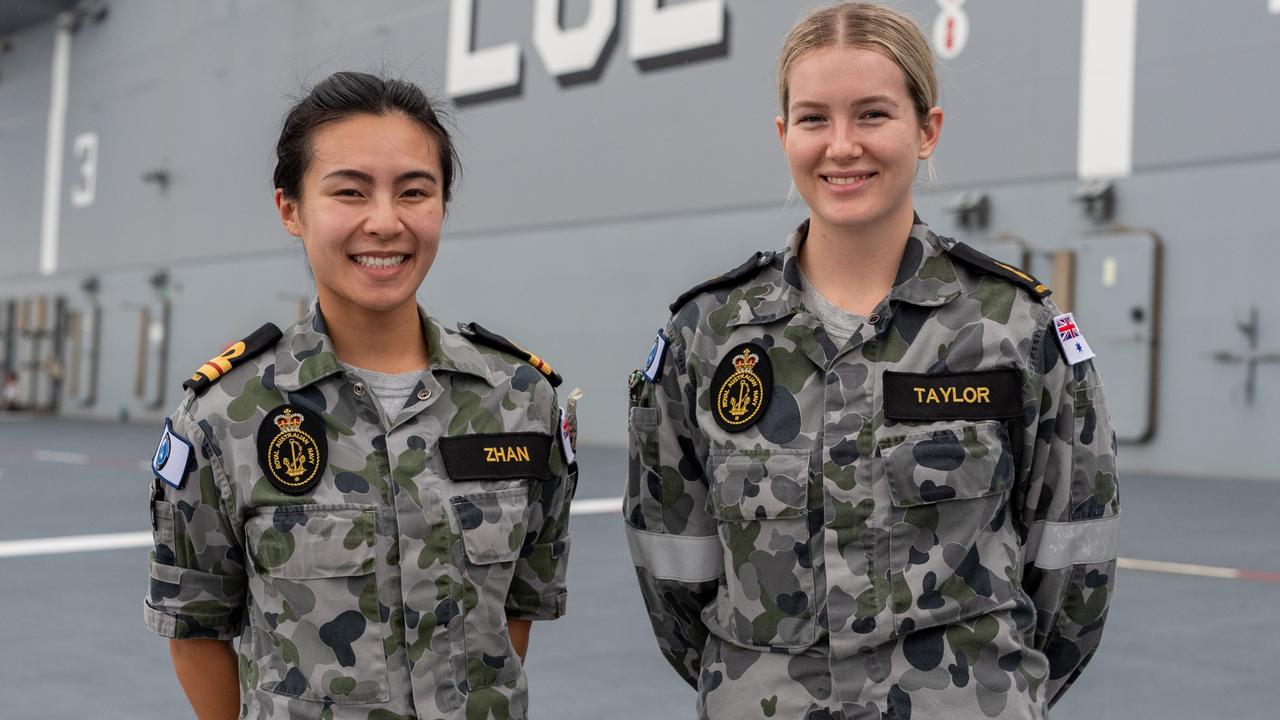
Cheryl Durrant, the former chief of Defence preparedness tasked with assessing threats to national systems notably from the environment, agreed civil defence model rethink was required in the frame of a national resilience strategy.
“It might sound trite but at the moment the type of question we ask is what capability does the ADF need to do ‘x’ and the answer is always likely to be a capability with submarines but ask the question more broadly and say how do we best defend Australia from the range of threats we currently face you may find more innovative and interesting options arise,” she said.
Those risks were not just a China or Indonesia but a cyber hack shutdown of our systems, climate-induced catastrophes here or regionally, supply chain vulnerabilities and the lack of resources across the whole spectrum.
She said throwing the ADF to handle civil crisis but they could have a role and for that would need dedicated resources and personnel.
“If you go out to the regions and communities you find there is wide ranging knowledge and expertise and resources and capability that are currently not well plugged in because it’s largely a top-down federal and state approach so something that blends the best of both worlds, something like the SES with having a national planning structure high level crisis committee stuff in Home Affairs and State level troops on the ground there is a missing bit and that’s where the ADF comes in to plug that gap.”




